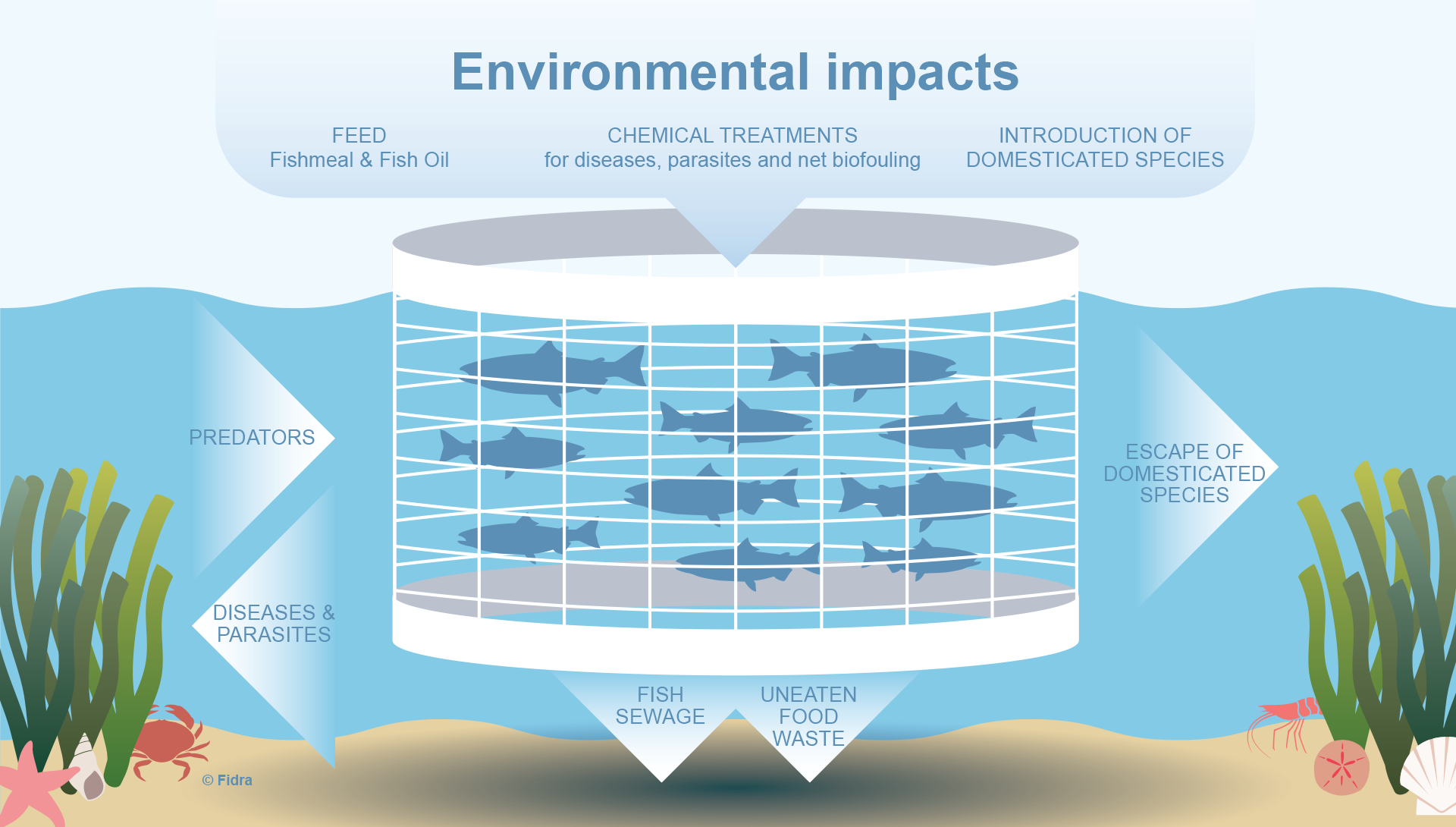Current environmental concerns
Fish populations are under increasing pressure from overfishing, climate change and pollution. Aquaculture has been seen as a solution to the growing need for protein to feed the human population. However, as with any intensive farming, it brings with it environmental issues around animal welfare, disease, pest control, and associated chemicals.

THE
PROBLEM
The use of open net pens in salmon farming has significant environmental impacts, which will be affected by the rising water temperatures, increasingly severe storms and ocean acidification associated with climate change.
With aquaculture production increasing worldwide, including Scotland’s salmon farming industry, effective regulation is essential to mitigate the industry’s environmental impacts.
Currently, consumers are unable to easily find clear information about the salmon they are eating and how its production impacts the environment.
The
Solution
Making information on individual farms accessible on a Sustainability Dashboard will enable easy identification of poorly performing salmon farms.
Retailers labelling their salmon with the source farm will allow consumers to see the impact a salmon product has had on the environment and make informed purchasing possible.
By ensuring all data is public, transparent, and accessible in a format that is easily understood, retailers, processors and producers will be more accountable to improving the standards of the industry.
WHAT
CAN I DO
Show retailers you want them to be accountable by buying salmon from named farms, see which retailers name their sources farms on our website.
Understand how certification standards are currently used in the Scottish salmon industry.
Show industry you support transparency by buying salmon from farms which have the most data available (currently ASC farms)



